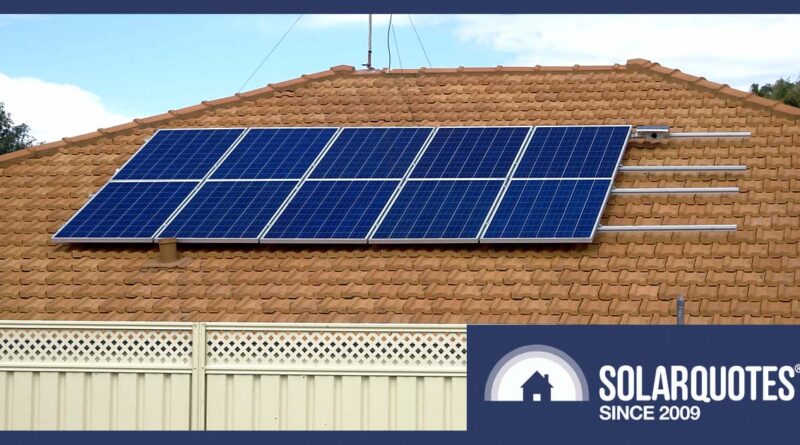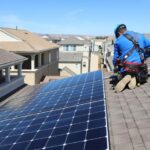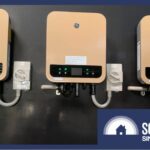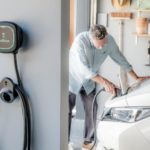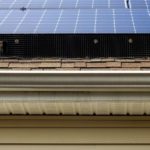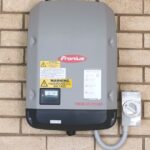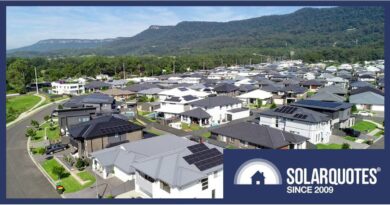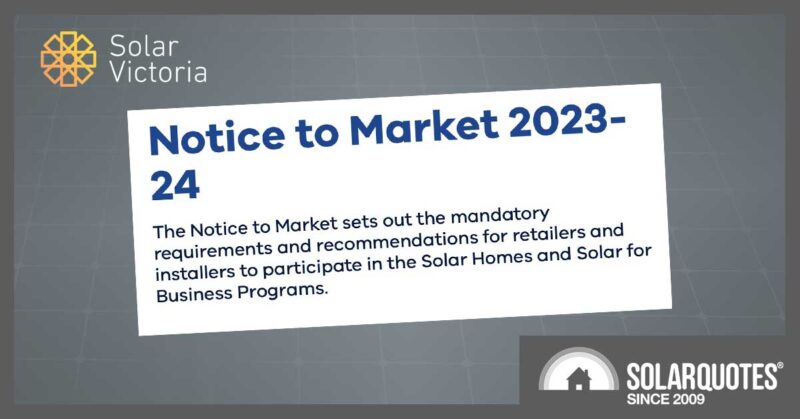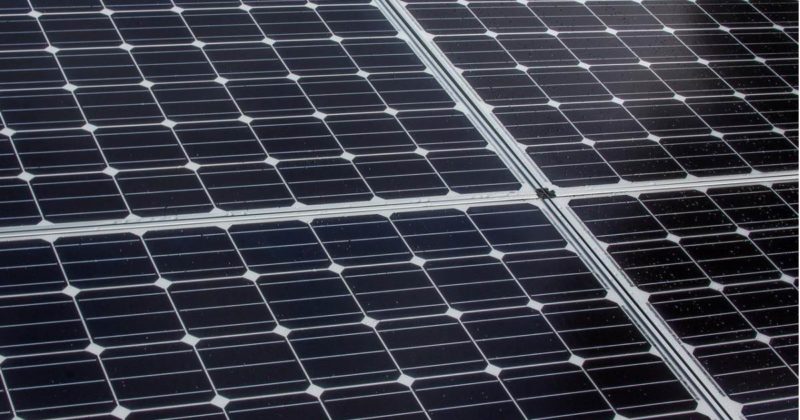How To Upgrade To A Bigger Solar Power System
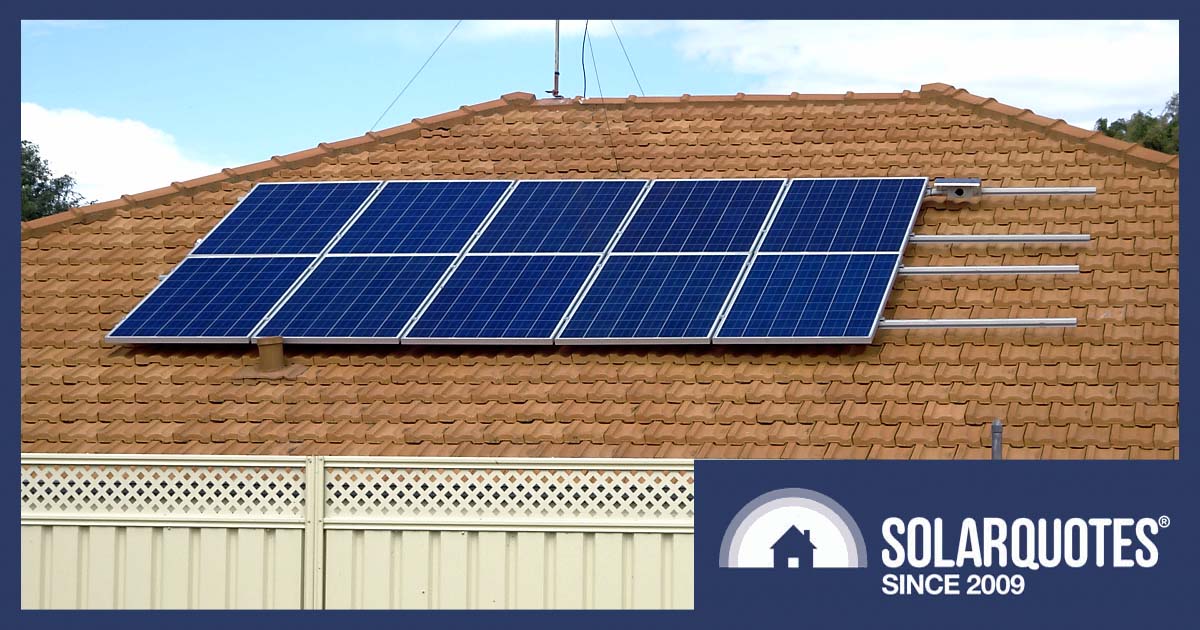
If you want to increase the size of your existing rooftop solar system, you typically have 4 options for upgrading:
- Add solar panels to your existing string inverter (if that’s possible).
- Add panels with microinverters.
- Add a second solar power system.
- Remove (or move) the old system and replace with new.
I’ll go through each upgrade option to help you decide the best one for your roof.
Option #1: Add Solar Panels To An Existing String Inverter
When dinosaurs roamed the earth and I worked as a solar installer, it was common to design and install a system where the inverter was bigger (in kW) than the solar array. Fast forward to today, and the opposite is true.
The idea behind using an oversized inverter was that panels were getting cheaper every year and could be added later.
With hindsight, although well intended, it wasn’t always a great idea. Some cynical people would say this was just a money grab by solar installation companies, but I disagree. Many people did upgrade with additional panels after the initial install.
You had to be quick though, as time and technology wait for no one. These legacy systems haven’t quite gone the way of the dinosaurs yet. Many are still going strong, but the idea that you can just add on more solar panels is, in most cases, not viable anymore.
Here are six reasons adding panels to an existing system is no longer common:
1. System is underperforming.
If the output is not what it used to be, get the system checked out. Simple. This is the starting point. Find out what the problem is with a professional before you think about an upgrade.
2. They don’t make the same panels anymore.
It’s desirable to use the same brand/model solar panels, both for aesthetics and performance. If they’re not available it’s possible to use other brands, but any mismatch in electrical characteristics will result in compromised output.
3. Your inverter may be at its capacity.
Inverters have an upper and lower voltage and current limit. If it’s already maxed out with the panels you have, it’s game over with regard to expansion for that particular solar system.
4. It’s not economically viable.
The cost of labour plus equipment, panels, rail extensions, etc adds up and will most likely not pay for itself over the remaining life of an old system.
5. Legal stuff.
If a solar power system is altered, it’s subject to the current electrical regulations and Australian Standards. In this ever-changing industry, that means you’re probably up for additional costs of compliant earthing, roof-top isolators, and wiring enclosures.
6. If it ain’t broke, don’t fix it.
When stuff gets old and you touch it, you could be opening a can of worms. I can think of a few idioms here, but I’ll run with this one – “If it ain’t broke don’t fix it, because if you do try to fix it, then it surely will be broke” (and so might you).
Option #2: Add Panels With Microinverters
If your heart is still set on an expandable system, microinverters are a good option. Unlike a conventional string inverter, each panel has its own micro-inverter, so you can add on panels as you like; the only limitation being your DNSP rules.
You won’t be restricted to using panels of similar size and power, which may not be available in the future. Other advantages are (theoretically) increased output, panel level monitoring, improved safety, no weakest link effect, and longer warranty.
Sound pretty good? Jessica Macpherson from Adelaide company NRG Solar is a big fan.
“I think the value of scale-ability using micro-inverters has been underappreciated both by industry and customers. People typically, instead, get a 6.6kW system string inverter system, and think that it’s plenty.”
“The next thing, they buy their model 3 Tesla and it’s not enough to cover their house, hot water, space heating and cooling, and car.”
“With a microinverter system, if you add, say, four panels on, you receive the full benefit of those panels without being held to the restrictions of an oversized string inverter system, and you have more flexibility.”
One of the downsides of micro-inverters is the expense. That’s why most people opt for another string inverter system instead when upgrading, sitting next to their existing one. That’s assuming you have enough roof space.
Option #3: Add A Second System
If you have an existing solar system and are thinking of upgrading, don’t despair. You can have a nice shiny new one installed to work in tandem with the original system, so there’s no need to throw the baby out with the bathwater.
Jessica says lately they’ve had a spike in enquiries from customers wanting to upgrade their aging solar systems.
“Many customers have some misinformed or maybe outdated ideas around what upgrading a solar system entails. A lot of people are under the impression that they can add a couple of panels easily, and that will make quite a bit of difference.”
She finds herself often having to explain, for example, that they could technically add a couple more panels, but in many cases it’s not going to have much impact on maximum production for that system.
The increase in upgrade enquiries is driven by existing solar owners wanting to jump on the home battery and EV bandwagon, and also from early solar adopters whose systems are no longer meeting their needs.
“As a product of their time these legacy systems have done really well. However, the reality is that a 1.5 kW system installed ten years ago is probably no longer appropriate in size.”
“Many people who have older systems are stuck in the high feed-in tariff conversation. This may be holding them back. If they need more energy to support their growing needs, a high feed-in tariff isn’t going to help.”
Sure, your feed-in tariff is part of the conversation, but nowadays it’s all about designing a solar system that matches your energy use and maximizes self-consumption of solar electricity. Perhaps it’s time to run the numbers again1. Jessica certainly thinks so.
“If a system is sized right, it will be the right call. If you have someone who puts the time and effort in to run the numbers, it’ll make it pretty clear if an upgrade is a good idea for you or not. It’s about finding a solution that’s appropriate for the customer’s needs.”
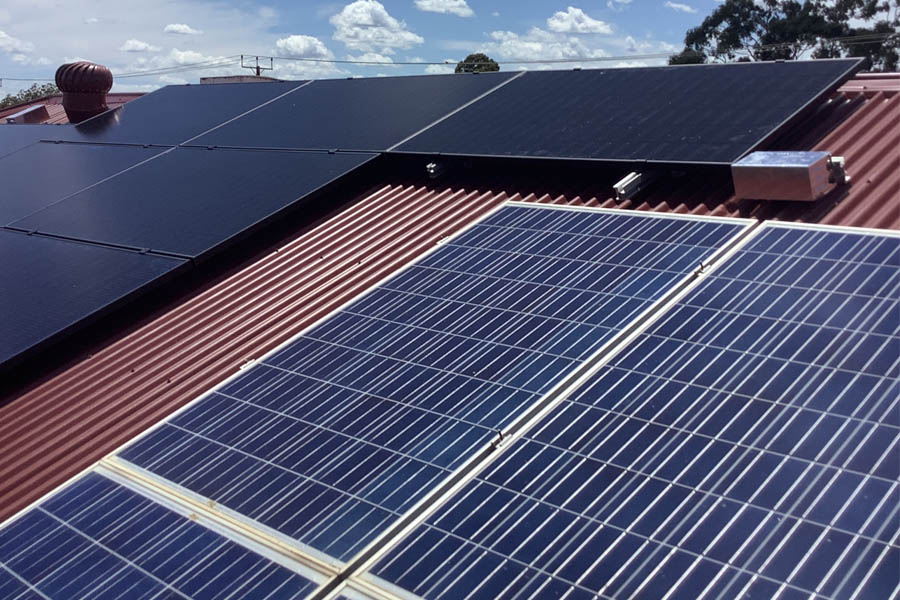
The old and the new side by side. Image NRG Solar
Option #4: Remove (Or Move) The Old System
If roof space is in short supply at your place, and the current system is hogging the prime roof area, it might be time to pull the old, relatively inefficient solar panels off.
These days solar panels are more efficient. Although larger in physical size, each panel is typically up to twice as powerful as a decade ago. In most cases, if you’re looking to upgrade, it’s best to start with a blank canvas.
When SolarQuotes founder Finn upgraded his setup, he removed his old 16% efficient panels (Tindo Karra + SolarBridge microinverters). He filled the prime north-facing roof space with the latest 21% efficient panels (REC Alpha Pure + Enphase IQ7A microinverters). He managed to get 14 kW where only 6 kW was before2. Finn tells me his bills are back to credit, despite the addition of 110 kWh of electric cars, electric hot water, and a 57,000-litre heated pool.
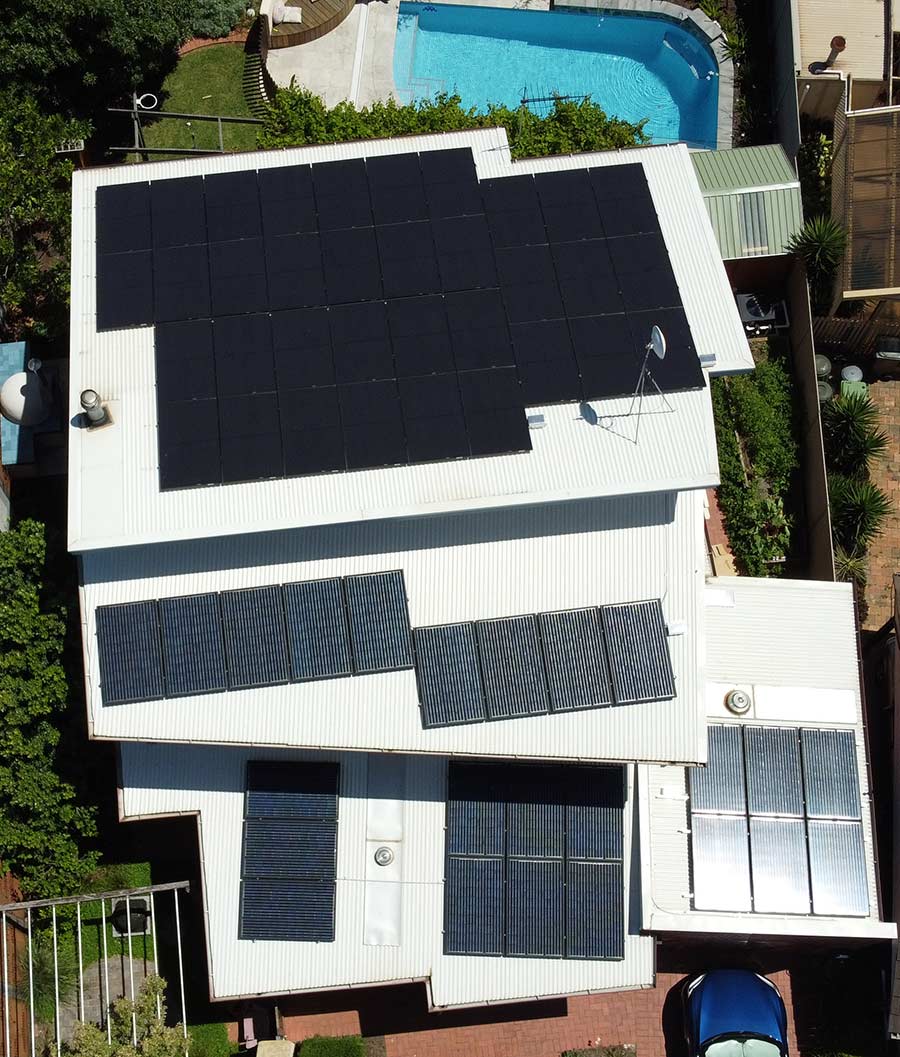
Finn’s recent upgrade. Up is north. You can see the improved efficiency of the 14 kW of new panels (dark black) vs the old 6 kW system which is now on the sub-optimal roof areas.
Run The Numbers With A Good Installer
Do your research. If you’ve read this far you’ve already started the process. Most importantly, talk to a professional about your solar upgrade options. Don’t be afraid to remove your old system – which has likely paid for itself many times over.
I’ll leave you with this valuable advice (again) from Jessica:
“If you have someone who puts the time and effort in to run the numbers, it’ll make it pretty clear if an upgrade is a good idea for you or not. It’s about finding a solution that’s appropriate for the customer’s needs.”
Footnotes
- Ronald has run the numbers for you. While you’re at it, you better read this about solar upgrades.
- Some further details: He also removed a Solahart hot water heater from the roof and replaced it with a heat-pump. He couldn’t bear to part with his 10-year-old panels, so he moved them to the heavily shaded west and south-facing roof.
Original Source: https://www.solarquotes.com.au/blog/how-to-upgrade-solar/

